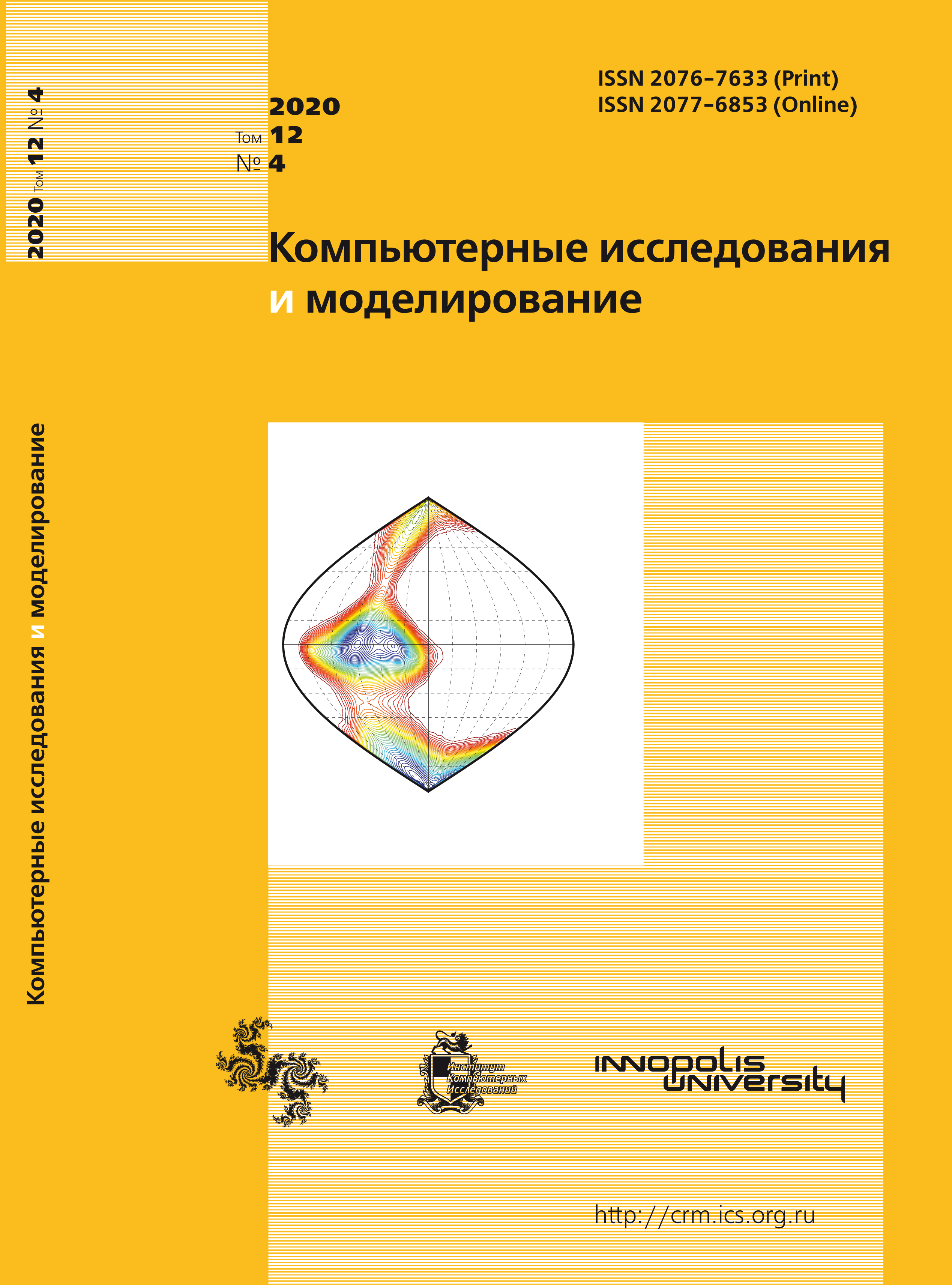All issues
- 2025 Vol. 17
- 2024 Vol. 16
- 2023 Vol. 15
- 2022 Vol. 14
- 2021 Vol. 13
- 2020 Vol. 12
- 2019 Vol. 11
- 2018 Vol. 10
- 2017 Vol. 9
- 2016 Vol. 8
- 2015 Vol. 7
- 2014 Vol. 6
- 2013 Vol. 5
- 2012 Vol. 4
- 2011 Vol. 3
- 2010 Vol. 2
- 2009 Vol. 1
Mathematical models of combat and military operations
 pdf (471K)
pdf (471K)
Modeling the fight against terrorist, pirate and robbery acts at sea is an urgent scientific task due to the prevalence of force acts and the insufficient number of works on this issue. The actions of pirates and terrorists are diverse. Using a base ship, they can attack ships up to 450–500 miles from the coast. Having chosen the target, they pursue it and use the weapons to board the ship. Actions to free a ship captured by pirates or terrorists include: blocking the ship, predicting where pirates might be on the ship, penetrating (from board to board, by air or from under water) and cleaning up the ship’s premises. An analysis of the special literature on the actions of pirates and terrorists showed that the act of force (and actions to neutralize it) consists of two stages: firstly, blocking the vessel, which consists in forcing it to stop, and secondly, neutralizing the team (terrorist groups, pirates), including penetration of a ship (ship) and its cleaning. The stages of the cycle are matched by indicators — the probability of blocking and the probability of neutralization. The variables of the act of force model are the number of ships (ships, boats) of the attackers and defenders, as well as the strength of the capture group of the attackers and the crew of the ship - the victim of the attack. Model parameters (indicators of naval and combat superiority) were estimated using the maximum likelihood method using an international database of incidents at sea. The values of these parameters are 7.6–8.5. Such high values of superiority parameters reflect the parties' ability to act in force acts. An analytical method for calculating excellence parameters is proposed and statistically substantiated. The following indicators are taken into account in the model: the ability of the parties to detect the enemy, the speed and maneuverability characteristics of the vessels, the height of the vessel and the characteristics of the boarding equipment, the characteristics of weapons and protective equipment, etc. Using the Becker model and the theory of discrete choice, the probability of failure of the force act is estimated. The significance of the obtained models for combating acts of force in the sea space lies in the possibility of quantitative substantiation of measures to protect the ship from pirate and terrorist attacks and deterrence measures aimed at preventing attacks (the presence of armed guards on board the ship, assistance from warships and helicopters).
Copyright © 2020 Shumov V.V.
Indexed in Scopus
Full-text version of the journal is also available on the web site of the scientific electronic library eLIBRARY.RU
The journal is included in the Russian Science Citation Index
The journal is included in the RSCI
International Interdisciplinary Conference "Mathematics. Computing. Education"






